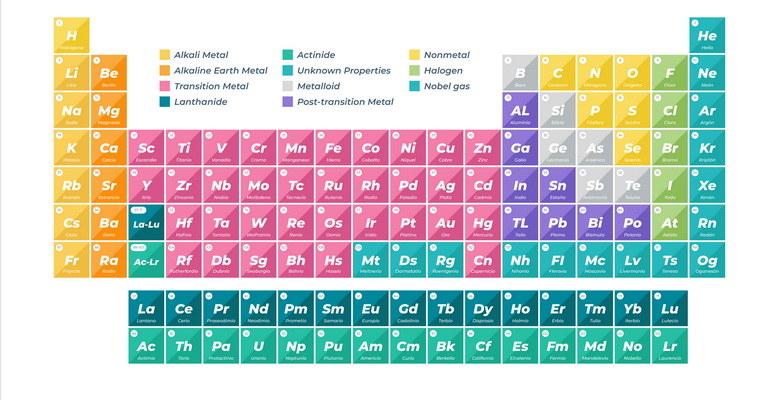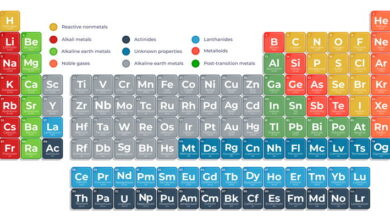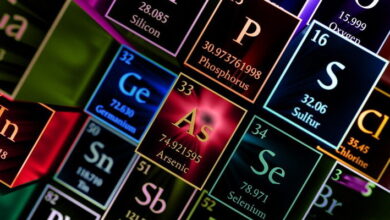Group VA And VIA Elements MCQs with Answers

Welcome to the Group VA And VIA Elements MCQs with Answers, it helps learners quickly identify areas for improvement in Group VA And VIA Elements Online Test.
| Group VA (Group 15) and Group VIA (Group 16) elements hold significant importance in chemistry due to their unique properties and wide range of applications. Group VA elements, also known as the nitrogen family, include nitrogen (N), phosphorus (P), arsenic (As), antimony (Sb), and bismuth (Bi). These elements exhibit a variety of oxidation states and form numerous compounds essential in biological and industrial processes.
Group VIA elements, or the oxygen family, comprise oxygen (O), sulfur (S), selenium (Se), tellurium (Te), and polonium (Po). These elements are known for their high electronegativity and ability to form multiple bonds, making them crucial in many chemical reactions and environmental processes. Engaging with Group VA elements MCQs can help students grasp the chemical behaviors, oxidation states, and compounds of the nitrogen family. Similarly, Group VIA elements MCQs are valuable for understanding the unique properties and reactions of the oxygen family. Group 15 elements multiple choice questions often focus on topics like nitrogen fixation, phosphorus chemistry, and the properties of heavier pnictogens. Meanwhile, a Group 16 elements quiz may cover sulfur compounds, oxygen’s role in combustion and respiration, and the chemistry of selenium and tellurium. |
Group VA And VIA Elements Online Quiz
By presenting 3 options to choose from, Group VA And VIA Elements Quiz which cover a wide range of topics and levels of difficulty, making them adaptable to various learning objectives and preferences. You will have to read all the given answers of Group VA And VIA Elements Questions and Answers and click over the correct answer.
- Test Name: Group VA And VIA Elements MCQ Quiz Practice
- Type: Quiz Test
- Total Questions: 40
- Total Marks: 40
- Time: 40 minutes
Note: Answer of the questions will change randomly each time you start the test. Practice each quiz test at least 3 times if you want to secure High Marks. Once you are finished, click the View Results button. If any answer looks wrong to you in Quiz, simply click on question and comment below that question, so that we can update the answer in the quiz section.
Download Certificate of Group VA And VIA Elements Test
On the end of Quiz, you can download the certificate of the quiz if you got more than 70% marks.
Group VA And VIA Elements Flashcards
The attraction between molecules at the surface of a liquid is called ________________.
Surface tension
The attraction between molecules at the surface of a liquid is called ________________.
Surface tension
The attraction between molecules at the surface of a liquid is called ________________.
Surface tension
If you are interested to enhance your knowledge regarding Physics, Computer, and Biology please click on the link of each category, you will be redirected to dedicated website for each category.




